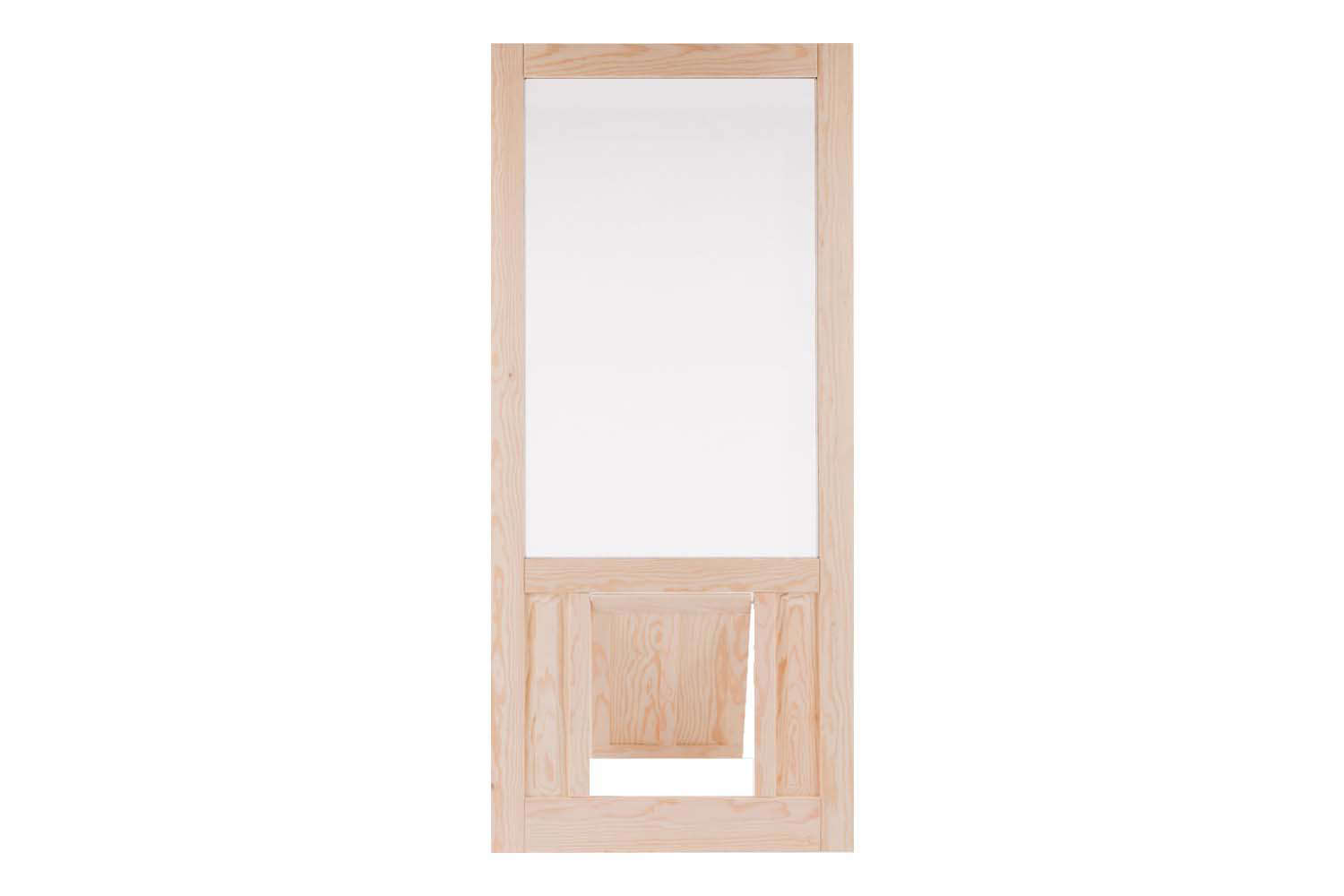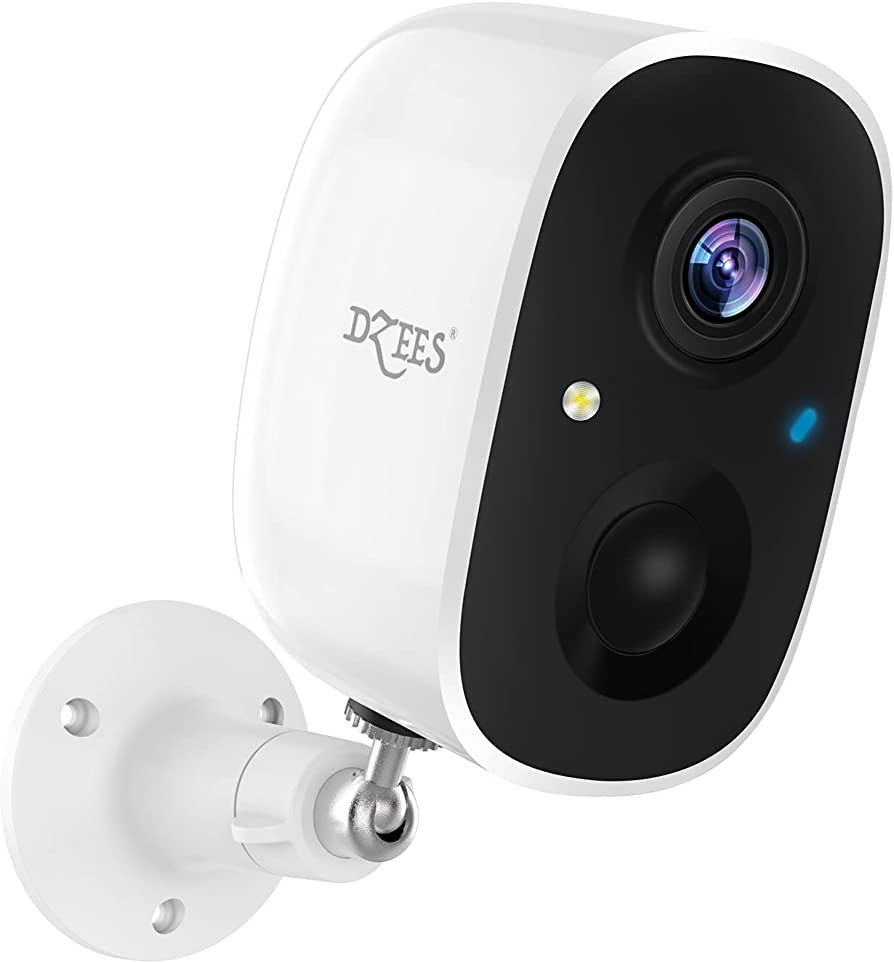
The Gate Smart Lock has both a camera as well as a smart locking system. It can link to your Wi Fi network to stream live video or provide audio communication with your guests. With your smartphone or other smart devices, you can create PINs for visitors and issue temporary keys. You can even remotely unlock the door. Cloud storage can be added to the system for your videos and photos.
Gate Smart Locks are different than other smart locks. They have a camera with a keypad and a call button. The camera detects motion and broadcasts live video to your smartphone. Similarly, the keypad is a good choice for visitors, as it provides an easy way to issue a temporary key. Moreover, you can adjust the level of sensivity to the camera.
A traditional key is not required for the Gate Smart Lock. However, it can be unlocked via a PIN with a smartphone or remote control using Amazon Alexa. In the beginning, only four users could use the device at a time, but it is now possible to sign up for a Premier Plus service plan for unlimited access. Company promises to offer remote unlocking, without the need of a motion detector.

The unit and the accompanying app are available for free for a limited period. You can customize the app to include a timer, time tracking, and an automatic locking function. Gate is available as an app. The app also contains a keyed lockcylinder, an LED lit keypad and a chargeable battery. The unit can last as long as three months when used with the included battery. However, it is possible for the battery to last longer depending on how often you open or close your doors.
If you are looking for a way to improve the security of your home, this gate is a great option. The motion-activated camera has a 150deg field view angle and comes standard with the gate. It works with almost all smart home devices including Alexa and IFTTT. With the Premier Plus Plan, you can add as many as six users, each with their own personal code.
Gate Smart Lock features an integrated microphone with speaker. These provide two-way voice and audio. You can also use the "call" button to call your visitors and make calls. Gate Smart Lock also includes a built in numerical LED keypad.
Finally, the Gate Smart Lock works with any wireless Bluetooth-enabled device, making it easy to integrate in your smart home. The app also has many useful functions such as a timer and an auto-locking feature. These features are all in the name of the newest gadgets, but arguably the Gate Smart Lock's most important feature is its ability to provide a secure and convenient way to interact with your visitors.

The Gate Smart Lock is a clever and fun way for you to increase your security, while also decreasing your carbon footprint. Despite the many features, there are a few issues with this unit.
FAQ
What's the difference between security cameras and surveillance cameras?
Surveillance cameras are used for monitoring purposes, while security cameras are used for protection.
Both types have their strengths and weaknesses. The only thing that distinguishes them is the type and quality of images they produce. Surveillance cameras record video in slow motion, so you can watch what's happening in real time. However, security cameras record only video and still photos, which can then be reviewed later.
What is the cost of a home security system?
A good home security system will cost around $2,500. This may seem like a lot of money, but it is actually very cheap compared to the peace of mind you'll gain by having a safe and secure home.
Can I put in a security cam by myself?
Yes! If you know how to install an alarm system, you can do it yourself. If you don't want to do it yourself, then hire an expert who will be able to help you install it properly.
What is the simplest home security system you can install?
These systems are considered the most effective for home security and do not require any type of installation. These systems are also known as "plug & Play" and work like magic. Simply plug them into a power outlet and connect them to the internet with a wireless router. Once connected, everything will be available for you to manage from anywhere around the world.
What should I pay for alarm monitoring
Alarm monitoring prices can vary depending upon how often it is to be monitored, what type of equipment you need, as well as whether you are looking at an annual or one-time fee.
Which one is better: home security camera or home security system?
Home security systems work better than home security cameras, as they can detect sounds and movements even when no one is in the area where the system is installed. Home security cameras, on the other hand, are more affordable than home security systems and can be easily mounted on windows or doors.
Which security system is best?
The most important thing to consider when choosing the security system for your home is how valuable you are and what you have. You have two options. One is to go with a basic system which offers minimal protection but is affordable. You can also get a more sophisticated one that offers remote monitoring, video surveillance and access control.
Statistics
- Most home security companies will charge you around 75% of the remaining term of your contract if you cancel early—and some require 100%.Related questionsWhat type of contract length can I expect from security providers?Home security system cancellation (safewise.com)
- Most home security companies will charge you around 75% of the remaining term of your contract if you cancel early—and some require 100%.Related questionsWhat type of contract length can I expect from security providers?Home security system cancellation (safewise.com)
- Unlike other online safety services that charge up to 100 percent of your monthly fee, Cove charges no upfront fees and has no hidden costs.
- Cove sets you free without punishing penalties and fees, unlike other security solutions that charge 75% to 100% of your remaining contract. (safewise.com)
External Links
How To
How to Install a Home Security System
A home security system is a device that monitors your property and alerts you if there's any activity. It could include a motion sensor or doorbell camera, smoke detectors, flood alarms, carbon monoxide detectors, burglar alarms, and flood alarms. A home security system usually consists of one or more sensors (e.g., motion detectors), which send signals when they detect movement or sound. The signals are then sent out to a control board where they can monitored and recorded. If there's something wrong, like someone breaking into your house, the control panel sends out an alert to your phone, tablet, computer, or voice assistant. You'll be able to immediately take action and know exactly what's happening.
The first step to installing a home security system is choosing the right type of sensors for your home. There are two main types of sensors: passive and active. Passive sensors aren't powered by batteries. They just detect sounds and vibrations in their environment. These sensors include sirens, buzzers, and doorbells. Active sensors transmit data via electricity. Cameras and motion sensors are two examples of active sensors.
There are many types of sensors on the market today. Each brand has its own pros and disadvantages. Some sensors are weatherproof and others aren't. Some of them have built in speakers so that you can still hear them from outside. Others are only for use inside. Some of these are very basic, while others have advanced features such night vision.
After you have decided on the best sensors for your property's needs, you will need to choose a manufacturer. This will help ensure that your sensors work well together. You will find many options in your local hardware store.
Once you have decided on a brand to use, it is time to decide on how many you want. Most people start with one or two sensors, depending on whether they live alone or with family members. However, if you plan to add additional sensors later, you might consider buying extra than you think you'll need now.
Next, you'll need to figure out where you want to place your sensors. Do you want them near doors and windows? Or would you rather have them hidden? Before placing them on your property, get permission. It is important to ensure they do not interfere with electrical outlets.
After you've determined the location of your sensors, you will need a way that they can be connected to your control panels. A power adapter or battery package may be required depending on your setup. Once you have everything in place, your property can be monitored!